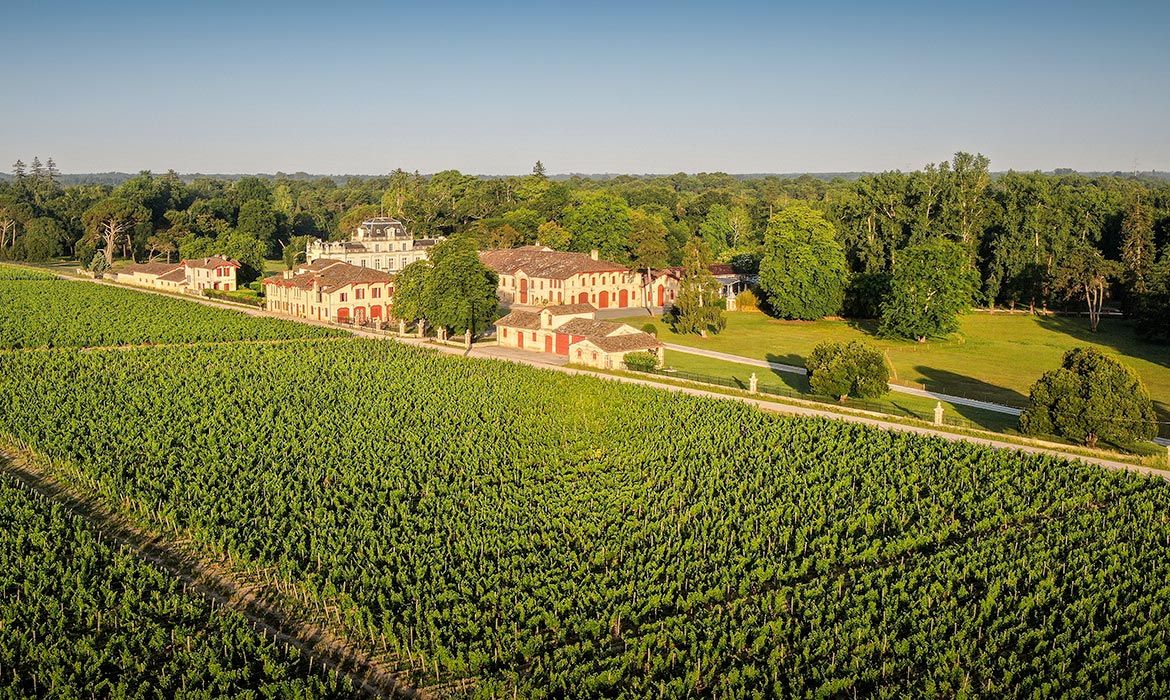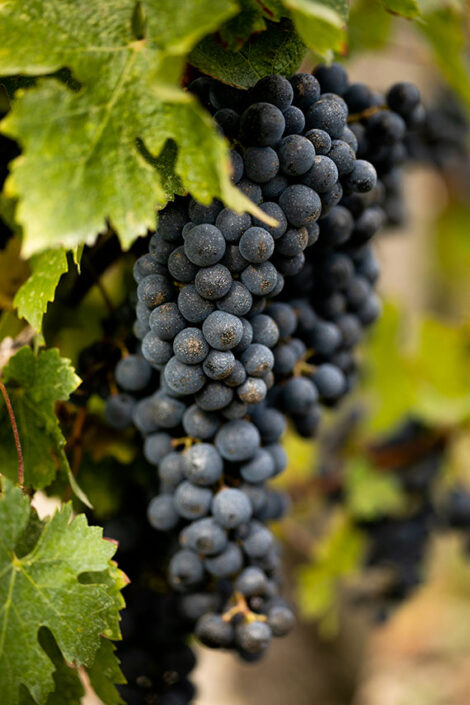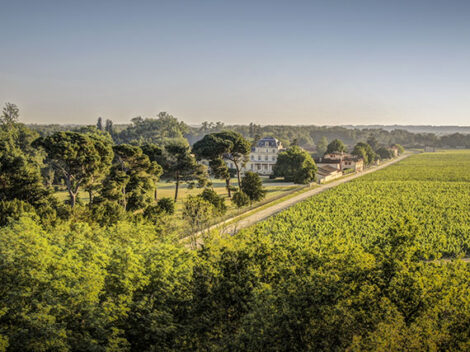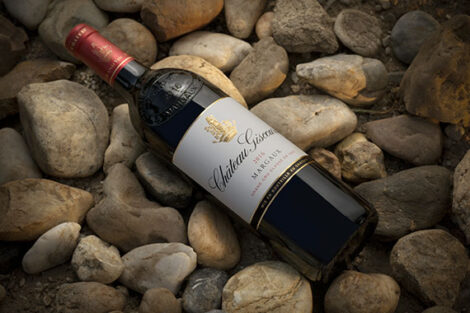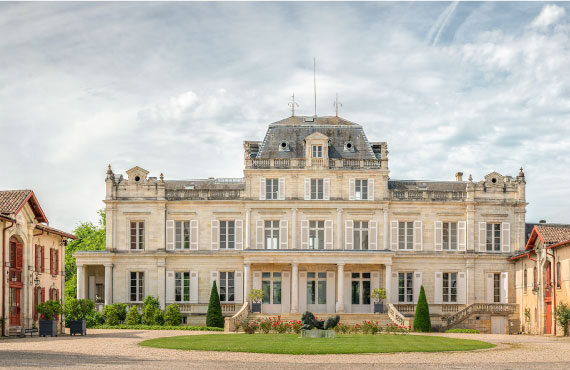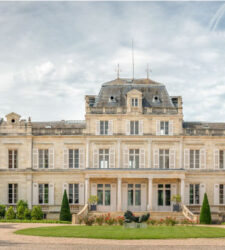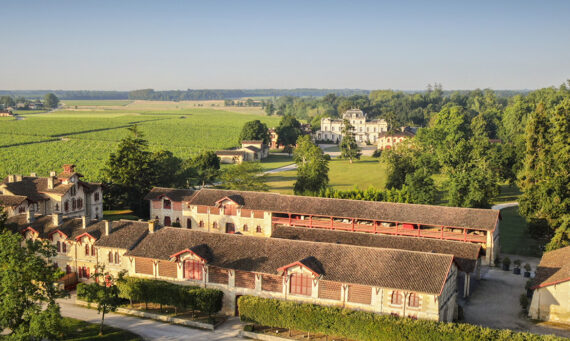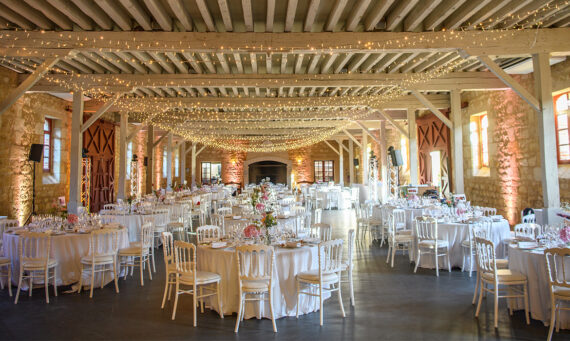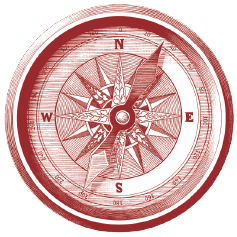Margaux: history of an iconic appellation
For centuries, Margaux has been synonymous with Bordeaux’s finest wines, and with good cause: it is the only appellation which can boast more than twenty-one Grand Cru Classé estates, making it one of the world’s most prestigious terroirs and the gateway to the Médoc’s legendary Route des Châteaux.
The Margaux appellation (a Protected Designation of Origin, or PDO) lies some 25 kilometres north of Bordeaux, spanning over 1,400 hectares on the left bank of the River Garonne, just at the point where it meets the Dordogne.
Vines have been cultivated in the Médoc since the Middle Ages, with numerous members of Bordeaux’s bourgeoisie electing to build châteaux in the Margaux area, about the same time that the first merchant houses were being formed as the trade in Bordeaux wines flourished. It was during the period of English rule, in the 14th century, that the reputation of Margaux’s wines truly took off. It was around this time that Pierre de Lhomme, a rich draper from Bordeaux, began to plant the first vines around his manor house at “Guyscoutz,” initiating the tradition of winemaking at Giscours.
In 1855, for the purposes of the Universal Exposition in Paris, Emperor Napoleon III demanded a classification of all of Bordeaux’s finest winemaking estates. The châteaux of Margaux featured prominently in this classification. The Margaux appellation as we know it today was not created until 1954, along with the 6 other appellations which together make up the Haut-Médoc: Saint-Julien, Saint-Estèphe, Moulis, Listrac and Pauillac. Margaux is the largest of these appellations (1490 hectares), producing an average of 63,000 hectolitres of red wine each year.
